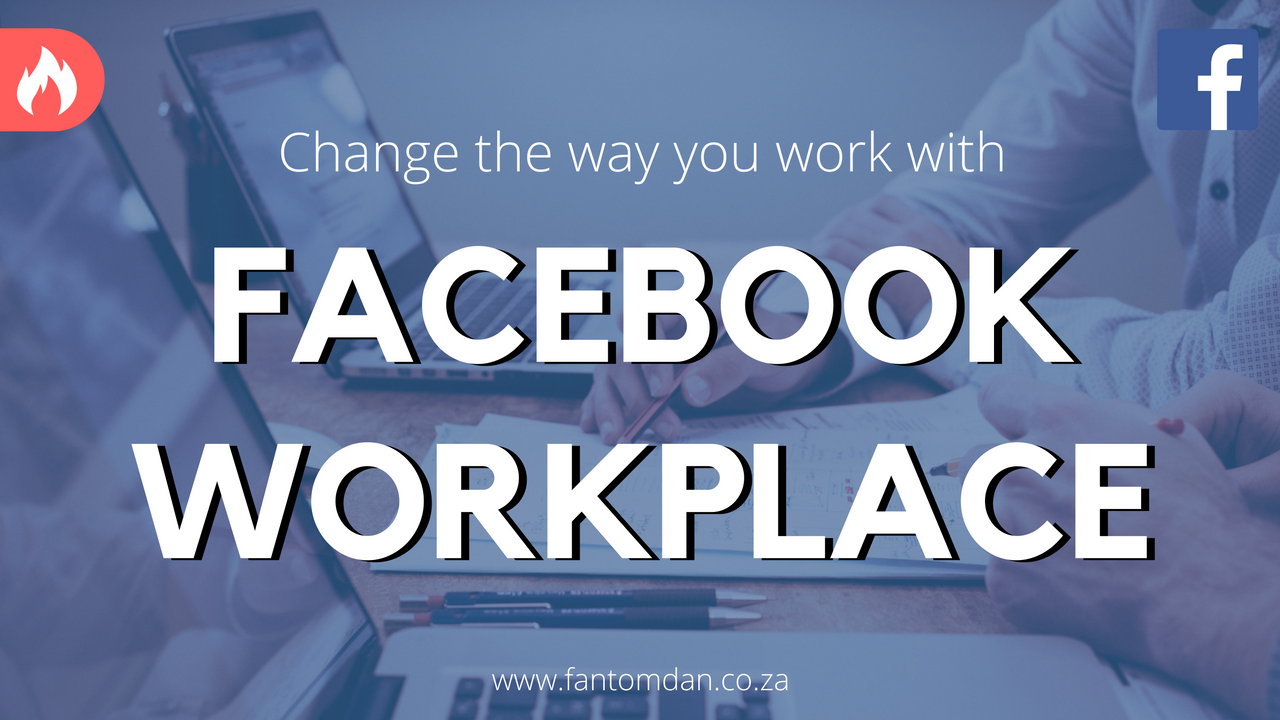LinkedIn has recently introduced Reactions to the platform. At first, I rolled my eyes as I read the headline, but after delving a little deeper I understand why this could actually be a great addition. Here’s why…
More and more, social media platforms seem to replicate ideas that they observe from competitors, so much so that there’s little difference between some platform features. Facebook has long been seen as the bully in this space where they mimic what other social networks offer and because of their significant user-base, Facebook’s version often eclipses those of the other platforms. For example, Stories and filters are now common features on Facebook and Instagram (both Facebook-owned), something originating from Snapchat.
With there being overlap with all these platforms, my first thought in response to the latest LinkedIn update was that it is yet another futile attempt added just to compete with the social network giant, Facebook. But, I actually think I was wrong.
How are LinkedIn Reactions different from Facebook Reactions?
In February of 2016, Facebook launched Reactions, which are now commonly used by Facebook users. This feature was extended to Messenger as well as Workplace, a Facebook-like offering for internal company networks.

While these Reactions give users a little more freedom to be expressive about their response, the value of these, at least compared to LinkedIn Reactions, doesn’t hold much weight as it doesn’t extend beyond the social platform. In addition, Reactions seem to be more beneficial for Facebook to know what content to serve users rather than for the people who actually post the content. LinkedIn Reactions may very well head in the same direction, but at least for now, the addition is useful for the user, first.

LinkedIn Reactions were designed to not only give community members more options to express their sentiment towards posts but, more importantly, to give posters more insight into what sort of content resonates with their professional community. In the coming months, this may impact the News Feed algorithm but at least for now it’s putting more power in users’ hands.
What are the benefits of Reactions on LinkedIn?
While Facebook is largely considered a personal social network, LinkedIn is seen as a professional platform, almost like a live CV. What you share there is a reflection of your knowledge, interests and expertise in your career. Essentially, it’s a place to shape your personal brand and connect with people in your industry, which could lead to new job prospects.
LinkedIn Reactions is a set of lightweight expressions that offer members a way to more easily participate in conversations and communicate with their network.
Using LinkedIn Reactions – LinkedIn Help Centre
With LinkedIn Reactions, you can get more insight into what people think of the content you share. Peers may show approval of your posts using the Like or Love options. Celebrate is essentially a ‘well done’ Reaction to acknowledge career milestones. These have their value, but the Insightful and Curious Reactions are where true value and opportunities lie.
If you’ve shared a post that has sparked intrigue in your network, this is the perfect opportunity for you to continue the conversation to prove your thought leadership on the topic. Whether you’re sharing a post you’ve written or resharing an industry-related article, if it’s triggered people from your network to think or shift their perspective on a topic, you’re winning. This sort of feedback is integral in building your clout in your industry and gives you an opportunity to start a conversation with someone who may open up new doors for your professional career.
When can I get started?
LinkedIn Reactions will be gradually rolling out to members over the coming months. Reactions will be available on the mobile app as well as desktop site.
Closing thoughts
Despite Reactions not being an original idea nor are they vastly different in principle and functionality compared to those on Facebook, their use on LinkedIn could be considerably more meaningful to users. LinkedIn doesn’t always get it right but I believe this is a good feature to add. It may have taken 3 years for LinkedIn to see the potential for adding Reactions, but I’m excited to see how this new addition impacts the way we use LinkedIn and whether it will, in fact, lead to increased value for LinkedIn members.
Resources and Additional Reading
- Introducing LinkedIn Reactions: More Ways to Express Yourself – LinkedIn Blog
- Designing LinkedIn Reactions – LinkedIn
- Using LinkedIn Reactions –
LinkedI n Help Centre - Facebook’s 5 New Copycat Features
- Facebook Launches Workplace for Enterprise Customers
- You might want to rethink what you’re ‘liking’ on Facebook now – Mashable









